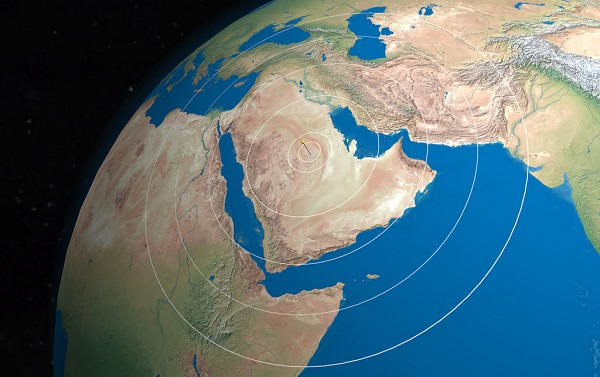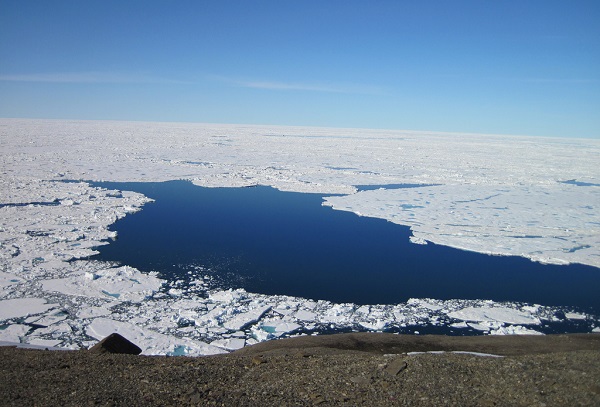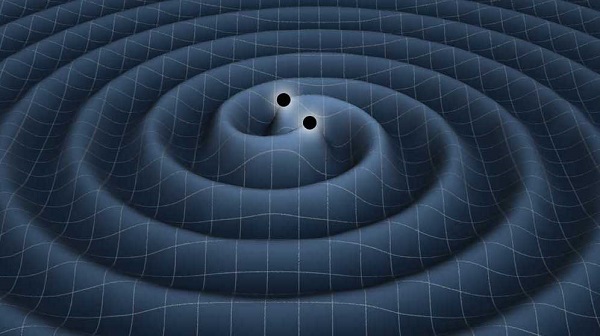Many people are concerned about the rapid evolution of artificial intelligence, and Stephen Hawking is one of them. He is afraid that we might soon be able to create a really advanced AI system, capable of performing better than humans. This might lead to the apparition of a new life form, which might come to replace humans.
The AI technology might easily become smarter than humans
Hawking is really afraid of the turn AI development might take. Since humans are already able to design viruses which corrupt computers, he thinks it’s not long until they create an AI capable of replicating itself. From there, it’s a small step until these machines become intelligent enough to surpass humans.
This is not the first time when Hawking is extremely concerned about the future of AI. During a conference on the future of intelligence at Cambridge University, he said the evolution of these machines will turn either into the best thing that ever happened to humanity, or into the worst.
The signs are already there, and AI won’t cease to progress
He thinks human brains are extremely similar to computers. This means that the machines should be able to imitate the functions of a real brain, and maybe outperform them. One alternative would be to use AIs to fight climate change and incurable diseases. However, if they are so powerful, then they might soon develop their own volition and use it in malicious ways.
Hawking things the signs are already there. Now, cars are capable of driving themselves, and a computer can outsmart a human at a game of Go. Also, researchers continue to invest a lot of time and resources into this technology, and the results won’t hesitate to come. This means that, in a couple of years, the AI achievements will seem both grand and maybe a bit disturbing, showing they should really be feared.
Image Source: Flickr










